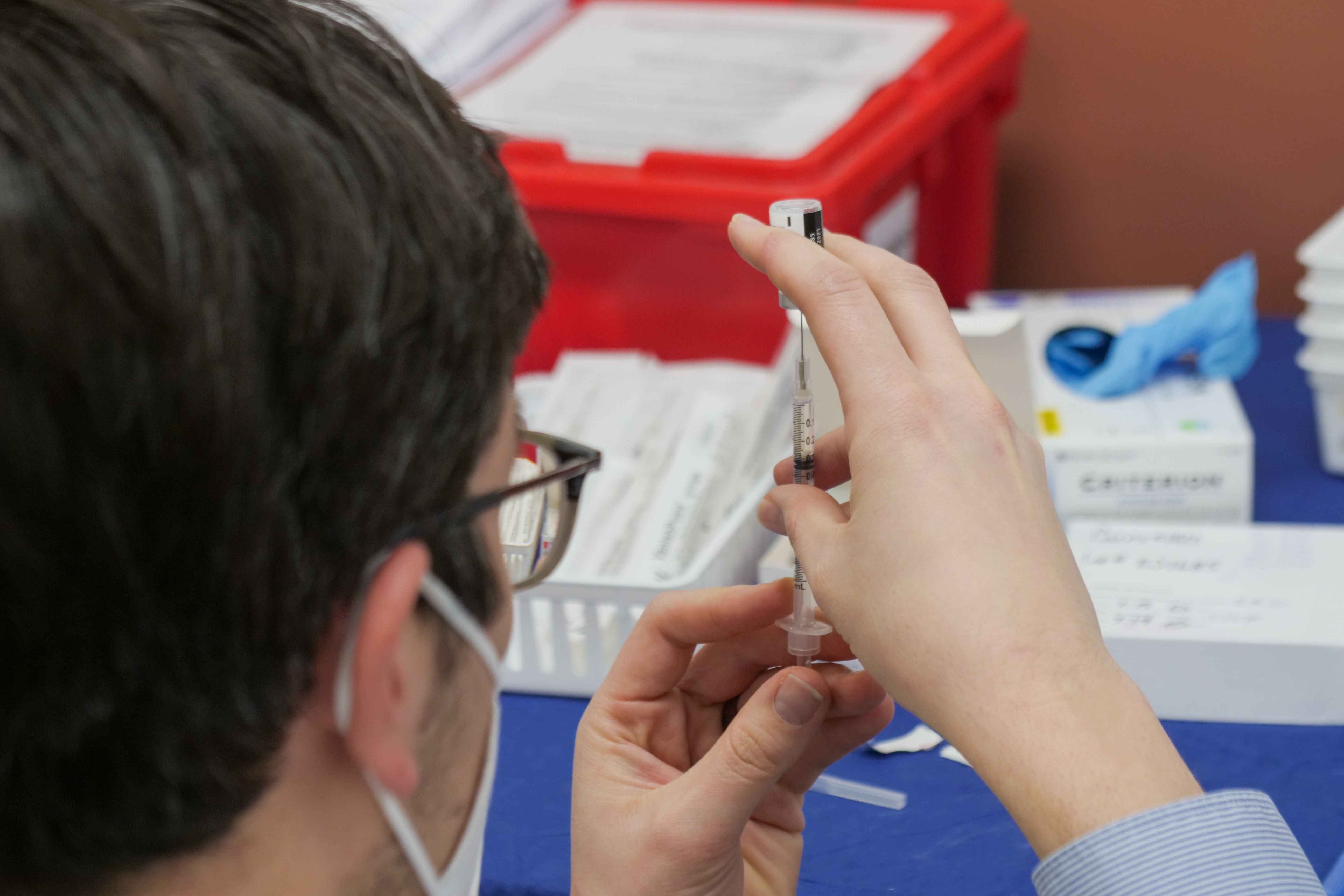Public Health Watch: Analysis Latest to Show Safety of mRNA Vaccines
Data finds low risk for anaphylaxis, myocarditis, and other potential complications.

An interim analysis of nearly 6.2 million adults who collectively received more than 11.8 million doses of the mRNA COVID-19 vaccines found no link between the shots and serious adverse events, according to results published in the Journal of the American Medical Association on September 3.
Ideally, the findings should help allay concerns driving vaccine hesitancy in some parts of the world—and in the United States—particularly as children move one step closer to being eligible for the shots.
“These initial results from our safety surveillance are reassuring,” study coauthor Nicola P. Klein, MD, PhD, director, Kaiser Permanente Vaccine Study Center, told Contagion. “This study monitored health effects weekly and did not identify any safety concerns, which should offer reassurance that getting vaccinated against COVID-19 is safe.”
Of course, the study is merely the latest to show that the COVID-19 vaccines from Moderna and Pfizer-BioNTech—as well as the Janssen, which was not included in the JAMA analysis—are safe for the vast majority of recipients. They are also effective at preventing severe disease.
For their research, Dr. Klein and her colleagues analyzed reports on adverse events from the Vaccine Safety Datalink, a collaboration among 5 Kaiser Permanente service regions as well as the Marshfield Clinic in Wisconsin, HealthPartners in Minnesota, and Denver Health. Their analysis included 11,845,128 doses of the 2 mRNA COVID-19 vaccines. In all, 57% of the doses involved the Pfizer-BioNTech vaccine, while the rest were Moderna.
Nearly 6.2 million of the shots included in the analysis were first doses, while the remainder, about 5.7 million, were second doses. Although the recipients will be monitored for at least 2 years, only data from Dec. 14 through June 26 were included in the current analysis, and incidence of events that occurred among vaccine recipients 1 to 21 days following receipt of either dose 1 or 2 was compared with that of comparators who, on the same calendar day, received their most recent dose 22 to 42 days earlier, according to the researchers.
The researchers found that the risk vs comparison intervals were 1,612 vs. 1,781 per 1 million person-years for incidence of ischemic stroke, 1179 vs. 1345 per 1 million person-years for incidence of appendicitis, and 935 vs. 1030 per 1 million person-years for incidence of acute myocardial infarction. Meanwhile, the incidence of confirmed anaphylaxis was 4.8 per 1 million Pfizer-BioNTech doses and 5.1 per 1 million Moderna doses. Overall, “event rates for 23 serious health outcomes”—including acute myocardial infarction, Bell palsy, Guillain-Barré syndrome, pulmonary embolism, stroke, and thrombosis with thrombocytopenia syndrome—“were not significantly higher for individuals 1 to 21 days after vaccination compared with similar individuals at 22 to 42 days after vaccination,” the researchers said.
In addition, among all vaccine recipients included in the study, they identified 34 cases of myocarditis and pericarditis in mRNA COVID-19 vaccine recipients ages 12 to 39 years. Of these cases, 85% occurred in males and 82% required hospitalization, though “nearly all recovered” by the time of the analysis. Based on these figures, the researchers estimated that there is a risk for 6.3 additional myocarditis cases per 1 million doses during the first week after vaccination among vaccine recipients ages 12 to 39 years.
“Our analysis did not identify any safety concerns that would require changes in the way COVID-19 vaccines are administered or patients monitored,” Klein said. “It is important for policymakers and the public to be aware of the source of information when they read about vaccine safety. The Vaccine Safety Datalink infrastructure has been in place for more than 30 years and we have extensive experience monitoring large numbers of people. The VSD safety surveillance for the mRNA vaccines involves a very controlled, rigorous analysis using large amounts of data. Our experience and the rigor of this study should inspire confidence.”
Only time will tell.
